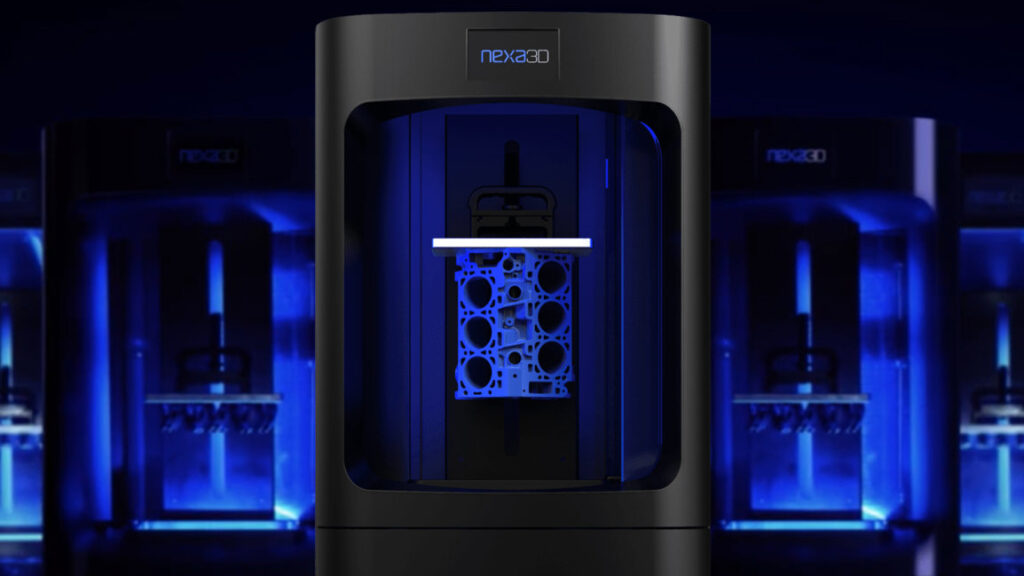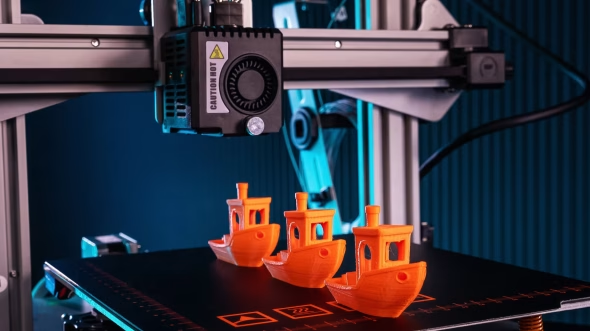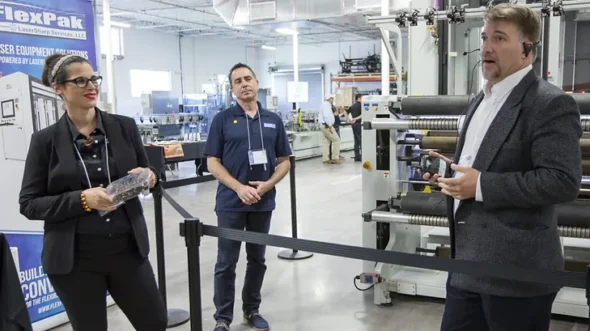From Hobbyist to Pro: Exploring the Versatility of Resin 3D Printing Technology
Are you a hobbyist looking to take your creative projects to the next level? Look no further than resin 3D printing technology. With its versatility and precision, resin 3D printing allows you to explore new dimensions in your designs.
From intricate jewelry to architectural models and functional prototypes, resin 3D printing can handle it all. Its high-resolution capabilities ensure that even the finest details are captured with stunning clarity. Whether you’re a designer, artist, engineer, or entrepreneur, resin 3D printing opens up a world of possibilities.
But what sets resin 3D printing apart from other methods? Unlike traditional manufacturing processes, resin 3D printing offers unmatched flexibility and customization. Its ability to create complex shapes and structures with ease makes it a favorite among creators in various industries.
In this article, we’ll delve into the versatility of resin 3D printing technology and explore its applications in different fields. Get ready to unleash your creativity and elevate your projects to professional levels with resin 3D printing.
Benefits of resin 3D printing
This technology offers several benefits that make it an attractive option for creators. Firstly, the high resolution of resin 3D printers allows for the production of incredibly detailed and intricate designs. Whether you’re creating jewelry with delicate patterns or architectural models with intricate textures, resin 3D printing can bring your vision to life with stunning clarity.
Additionally, resin 3D printing enables the production of complex shapes and structures that would be difficult or impossible to achieve with traditional manufacturing methods. This opens up new possibilities for designers and engineers, allowing them to push the boundaries of what is possible in their respective fields.
Another major advantage of resin 3D printing is its ability to create functional prototypes with high precision. This is particularly useful for engineers and entrepreneurs who need to test and iterate their designs before moving into mass production. With resin 3D printing, you can quickly and cost-effectively produce prototypes that closely resemble the final product.
Applications of resin 3D printing
Resin 3D printing finds applications in a wide range of industries due to its versatility and precision. In the jewelry industry, resin 3D printing allows designers to create intricate and unique pieces that were previously impossible to manufacture. The ability to print in various materials, such as castable resins, enables the production of high-quality molds for metal casting.
In the architectural field, resin 3D printing enables architects to create detailed models of their designs, allowing clients to visualize the final product. The high precision and level of detail provided by resin 3D printers ensure that every aspect of the model is accurately represented.
Resin 3D printing also plays a crucial role in the medical and dental industries. Dentists can use resin 3D printing to produce accurate models of patients’ teeth for the creation of custom aligners or crowns. Surgeons can utilize the technology to create patient-specific surgical guides, improving the accuracy and efficiency of procedures.
How resin 3D printing works?
Resin 3D printing, also known as stereolithography (SLA), works by using a liquid photopolymer resin that is cured by a light source, typically a UV laser or LED. The printer builds the object layer by layer, with each layer being cured by the light source before the next layer is added.
The process begins with the creation of a 3D model using computer-aided design (CAD) software. The model is then sliced into thin layers, which are sent to the 3D printer. The printer’s build platform is submerged in a tank filled with liquid resin. The light source selectively cures the resin, solidifying it and creating the desired shape.
Once the printing is complete, the object is removed from the printer and undergoes post-processing, which typically involves cleaning and curing the object to remove any excess resin and ensure its final hardness and stability.

Choosing the right resin 3D printer
When choosing a resin 3D printer, several factors should be considered. Firstly, the resolution and accuracy of the printer are crucial, especially if you require high levels of detail in your prints. Look for a printer with a high resolution and a small layer thickness for optimal results.
The build volume of the printer is also an important consideration, as it determines the maximum size of the objects you can print. If you plan on printing large-scale objects, make sure to select a printer with a suitable build volume.
Other factors to consider include the compatibility of the printer with the type of resin you plan on using, the ease of use and maintenance, and the overall cost of the printer and consumables.
Choosing the Right 3D Printing Method: MJF, SLS, or FDM?
Resin 3D printing tips and tricks
To get the best results from your resin 3D printer, here are some tips and tricks to keep in mind. Firstly, make sure to properly level the build platform and ensure that it is clean and free from any debris. This will ensure that the first layer adheres correctly and prevents any issues during the printing process.
It’s also important to properly cure your prints after they have been removed from the printer. This can be done using a UV curing chamber or by exposing the prints to direct sunlight. Proper curing will improve the mechanical properties of the prints and enhance their overall strength and stability.
When handling resin, it’s essential to wear gloves and work in a well-ventilated area to minimize exposure to fumes and prevent any skin contact with the resin. Always follow the safety guidelines provided by the manufacturer to ensure a safe working environment.
Safety considerations for resin 3D printing
While resin 3D printing offers numerous benefits, it’s important to be aware of the potential safety hazards associated with the process. Resin and resin vapors can be toxic, so it’s crucial to handle and dispose of them properly. Always use protective equipment, such as gloves and safety glasses, when working with resin.
Additionally, the curing process can generate heat, so it’s important to have proper ventilation to prevent the accumulation of heat and fumes. If you’re working in an enclosed area, consider using a fume hood or a dedicated ventilation system to ensure the safety of both yourself and others.
Market Growth and Technology Adoption:
The global 3D printing market was valued at around USD 20 billion to USD 22.39 billion in 2023 and is projected to grow significantly, reaching values between USD 108.11 billion to USD 150.20 billion by 2032. This growth is attributed to a compounded annual growth rate (CAGR) ranging from 18.7% to 23.6%, depending on the source. This expansion reflects the rapid adoption of digitization and advanced technologies across numerous industry verticals.

Source: Fortune Business Insights
Here’s a line chart illustrating the projected growth of the global resin 3D printing market from 2023 to 2032, using an average compounded annual growth rate (CAGR) of 21.15%. This visualization showcases a steady and significant increase in market size over the decade, reflecting the industry’s expected expansion driven by the adoption of advanced technologies and digitization.
Resin 3D printing vs. other 3D printing technologies
While resin 3D printing offers unique advantages, it’s worth exploring how it compares to other 3D printing technologies. One of the main differences is the level of detail and precision that can be achieved. Resin 3D printing excels in producing highly detailed and intricate designs, whereas other technologies may be better suited for larger-scale objects or faster production times.
Another factor to consider is the choice of materials. Resin 3D printing allows for a wide range of materials, including flexible and castable resins. Other technologies may have limitations in terms of material compatibility.
The choice between resin 3D printing and other technologies ultimately depends on your specific requirements and the nature of your projects. It’s recommended to evaluate the pros and cons of each technology to determine which one best suits your needs.
Resin 3D printing in various industries
Resin 3D printing has found applications in various industries, thanks to its versatility and precision. In the automotive industry, resin 3D printing is used for prototyping and creating complex parts with intricate geometries. It allows designers and engineers to test and iterate their designs quickly and cost-effectively.
In the fashion industry, resin 3D printing enables the creation of unique and avant-garde designs. Designers can experiment with unconventional shapes and structures, pushing the boundaries of traditional fashion production. Resin 3D printing also offers the possibility of customizing garments and accessories to suit individual preferences and body shapes.
The aerospace industry also benefits from resin 3D printing technology. It allows for the production of lightweight and complex components, reducing the overall weight of aircraft and improving fuel efficiency. Resin 3D printing also enables the creation of intricate tooling and molds for composite materials used in aircraft manufacturing.
Conclusion: The future of resin 3D printing
Resin 3D printing has revolutionized the way creators bring their ideas to life. With its versatility, precision, and ability to produce highly detailed objects, resin 3D printing has become an essential tool in various industries.
As technology continues to advance, we can expect even greater possibilities from resin 3D printing. New materials, improved printers, and enhanced software will further expand the capabilities of resin 3D printing, enabling creators to push the boundaries of their imagination.
So whether you’re a hobbyist looking to elevate your projects or a professional seeking innovative solutions, resin 3D printing is a technology worth exploring. Unleash your creativity and embrace the endless possibilities offered by resin 3D printing.





